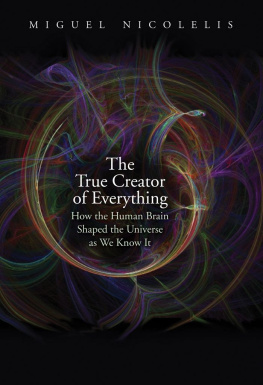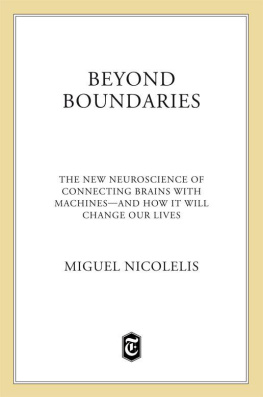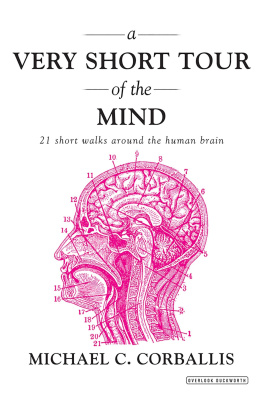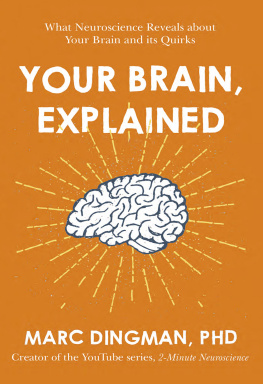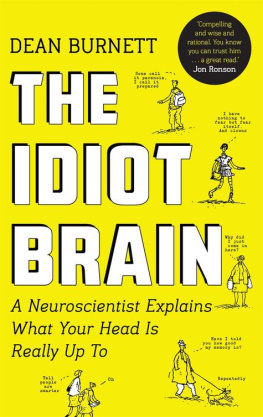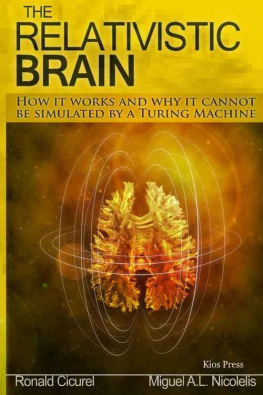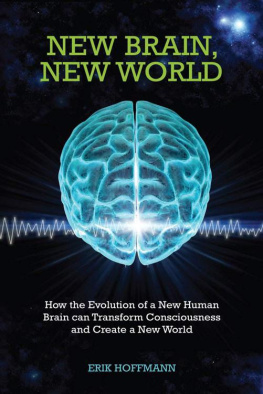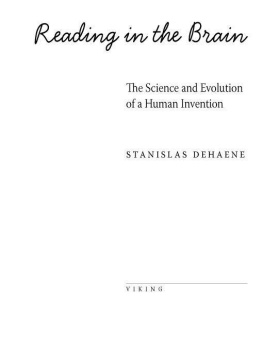THE TRUE CREATOR OF EVERYTHING
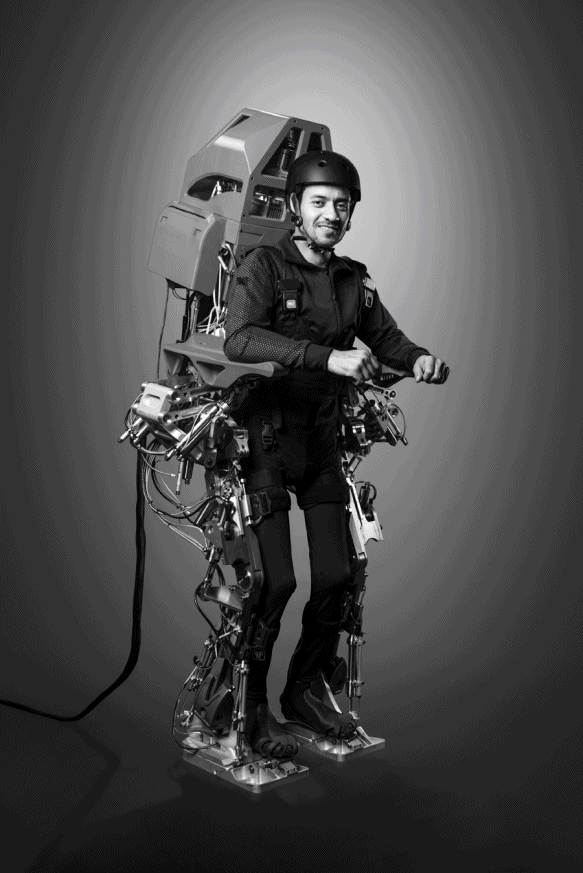
THE TRUE CREATOR OF EVERY THING
HOW THE HUMAN BRAIN SHAPED THE UNIVERSE AS WE KNOW IT
Miguel Nicolelis
Yale UNIVERSITY PRESS
NEW HAVEN AND LONDON
Copyright 2020 by Miguel Nicolelis. All rights reserved.
This book may not be reproduced, in whole or in part, including illustrations, in any form (beyond that copying permitted by Sections 107 and 108 of the U.S. Copyright Law and except by reviewers for the public press), without written permission from the publishers.
Yale University Press books may be purchased in quantity for educational, business, or promotional use. For information, please e-mail (U.K. office).
: Juliano Pinto inside the brain-controlled robotic exoskeleton built by the Walk Again Project. (Courtesy of the Alberto Santos Dumont Association for Research Support [AASDAP])
Excerpt at the end of from THE ROCK: A Pageant Play, Book by T. S. Eliot. Copyright 1934 by Houghton Mifflin Harcourt Publishing Company, renewed 1962 by T. S. Eliot. Reprinted by permission of Houghton Mifflin Harcourt Publishing Company. All rights reserved.
Set in Scala type by Newgen North America.
Printed in the United States of America.
Library of Congress Control Number: 2019943685
ISBN 978-0-300-24463-2 (hardcover : alk. paper)
A catalogue record for this book is available from the British Library.
This paper meets the requirements of ANSI/NISO Z39.48-1992 (Permanence of Paper).
10 9 8 7 6 5 4 3 2 1
To the teachers who introduced me to the different faces
of the True Creator of Everything:
Juarez Aranha Ricardo
Csar Timo-Iaria
John Chapin
Rick Lin
Jon Kaas
and
Ronald Cicurel
CONTENTS
PREFACE
When Brazil was officially announced as the host of the 2014 FIFA Soccer World Cup in 2007, I came up with an idea to introduce a global audience to the edge of modern brain research and show how much it has to offer for the betterment of human lives. After five years of planning, I approached the president of Brazil and the secretary-general of FIFA to propose running a scientific demonstration during the opening ceremony of the upcoming World Cup. The central goal of this event would be to highlight the fact that, thanks to new technological developments and major insights on the basic operation of the human brain, neuroscientists were getting close to achieving a magnificent feat: restoring mobility to millions of people worldwide paralyzed by serious spinal cord injuries.
To those in charge of the World Cups opening ceremony, I proposed having a young Brazilian, completely paralyzed from the chest down by a spinal cord injury, deliver the symbolic opening kickoff of the World Cup. In reply, the event organizers immediately posed to me the question anybody confronted with such an outrageous plan would ask: how will a paraplegic deliver such a kick? My answer bewildered them even more: by using a lower-limb robotic exoskeleton directly controlled by his or her brain, I said nonchalantly.
To my total surprise, the organizers agreed.
The easy part was done. Now came the tough part: actually pulling it off.
To do this, I created the Walk Again Project, an international nonprofit scientific consortium. In a matter of months, dozens of engineers, neuroscientists, roboticists, computer scientists, physicians, rehabilitation personnel, and a large variety of technicians from twenty-five countries joined us. The next eighteen months were the craziest of my life, and possibly in the lives of everyone involved in the project. By November 2013, eight strong-minded Brazilian paraplegic patients had volunteered to take part in the Walk Again Project. Every day for the next six months, these patients practiced a unique routine: first they imagined moving their legs to walk. Then, using a brain-machine interface that allowed their electrical brain activity to be decoded and transmitted to a lower-limb robotic exoskeleton that encased their paralyzed limbs, they used their motor thoughts to move the machines legs at will.
And so, on the chilly austral winter afternoon of June 12, 2014, at precisely 3:33 p.m. Braslia time, Juliano Pinto (see frontispiece), one of the recruits of the Walk Again Project, made a final effort to straighten his torso. Inside his brand-new robotic cockpit, he stood tensely at the edge of the soccer stadiums immaculate grass field. Closely monitored by a crowd of sixty-five thousand fans, not to mention an estimated global audience of 1.2 billion people, Juliano waited for his moment to make history.
When the moment of truth came on that wintry afternoon, I was standing, together with twenty-four of the Walk Again Projects team members, just a few feet behind Juliano. The ceremonial soccer ball was placed in front of Julianos right foot. To give an idea of how the exoskeleton worked, we had placed two long strips of LEDs from the edges of Julianos helmet to the lower part of the exoskeletons legs. When Juliano turned on the exoskeleton, the LEDs began to rhythmically flash an intense blue light.
We were ready to launch!
Releasing all the energy, anguish, and hope of one who knows intimately what it is to be confined to a wheelchair for almost a decade, Juliano undertook a movement that, just six months earlier, he never imagined he would be able to make again. As his brain generated the electrical signals that contained the needed motor instructions, the exoskeletons computer translated Julianos mental desire to move into a coordinated robotic leg movement sequence. At that moment, the flashing blue of the LED strips was replaced by fast sequences of intense green and yellow light pulses flowing from the top of Julianos helmet, throughout the exoskeletons frame, all the way to his feet.
Time seemed to slow down. In the span of an unforgettable split second, Julianos body weight first shifted to the left, as a result of the now symbiotic movement of his own torso and the exoskeletons balancing system. Next, gently moved by the robotic metal casing, his right leg began to sway, cocking back an unmistakable Brazilian kick. Reaching the zenith of the sway, his body moved forward, ready to unleash the most improbable of all kicks.
And then, as Julianos right foot impacted the soccer ball, making it gently roll down to the edge of the redwood platform where he now stood tall and whole again, he let loose a loud, almost guttural, and hard-earned scream, throwing his clenched right fist up into the gray Brazilian sky to celebrate his gol. A sense that something quite magical had just happened overwhelmed all of us. We all ran to Juliano to embrace him in the most PhD-rich huddle ever to celebrate a score in a World Cup soccer match. Amid hugs and kisses, in a mixture of his and our own tears, Juliano shouted something that captured the profound and unexpected essence of what had just happened: I felt the ball! I felt the ball!
There were more surprises ahead. Throughout the Walk Again Project, our clinical protocol required that the patients have a neurological exam routinely. This was considered a simple academic exercise, given that their clinical state had not changed during all those years they were completely paralyzed and could not feel any part of their bodies below the level of their injuries. We did not expect to observe any change in their neurological status at all. But then one of our female patients told one of our physicians that, during a weekend out on the beach, she had, for the first time in fourteen years, felt the intense heat of the sun on her legs. We began to suspect that something unusual was happening.

